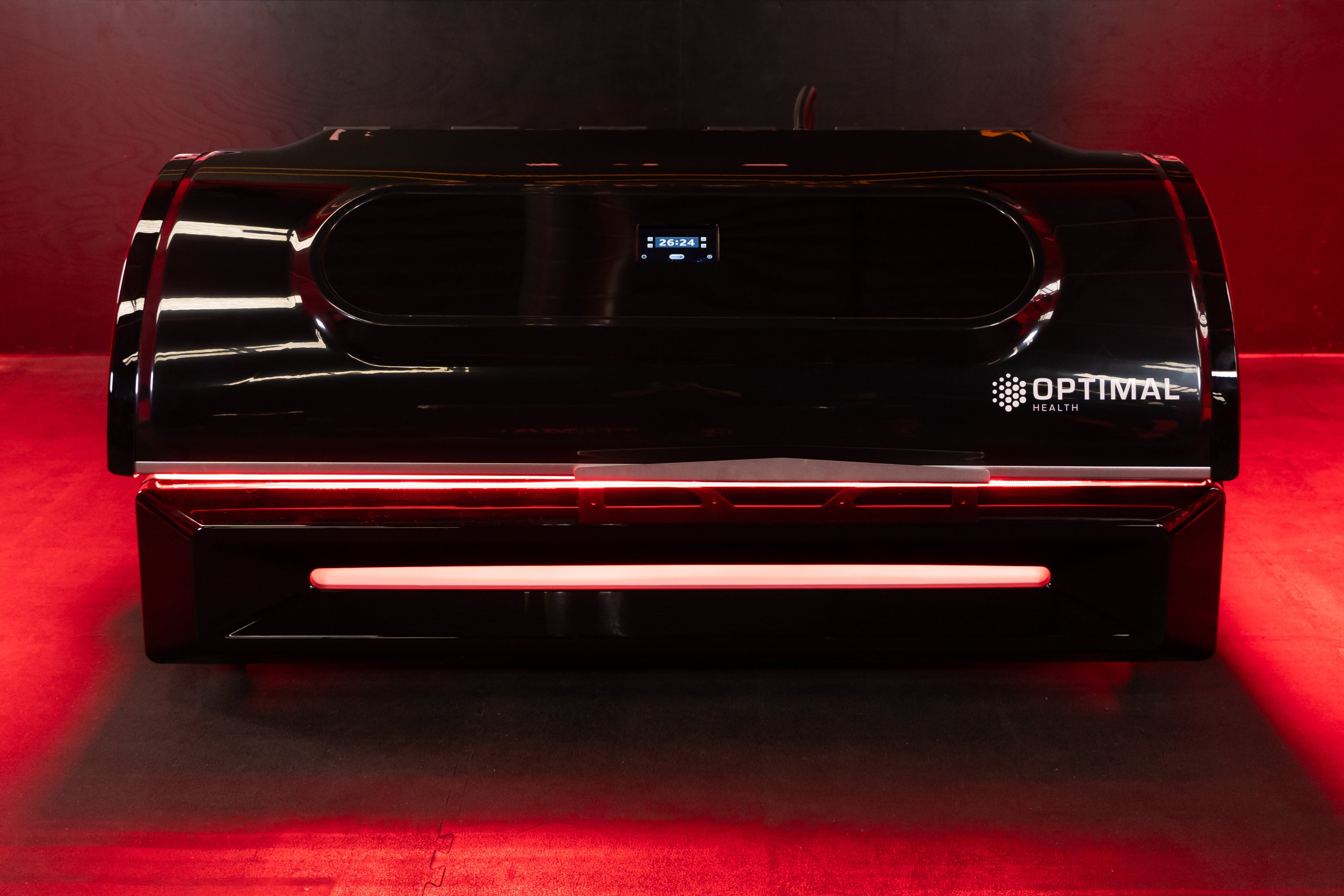Glowing skin? Sore muscles? Or just curious about lying under a fancy light? Red Light Therapy at Home might be your new best mate. Short answer: The best device depends on your goal—skin, pain, or recovery. Keep reading for top Red Light Therapy Panels, Beds, and how to choose wisely.

Understanding the Benefits and Uses
Red Light Therapy for Skin (Anti‑Aging, Wrinkles, and Acne)
Red light therapy promotes collagen and elastin production.
This can help reduce fine lines, improve skin texture, and manage acne.
It penetrates the skin at just the right depth to stimulate natural healing processes.
Many users report smoother, firmer skin with regular sessions.
It’s an easy win for skincare routines at home.
Red Light Therapy for Pain Relief and Muscle Recovery
Red light therapy also plays a major role in reducing inflammation and pain.
By enhancing circulation, it helps repair muscle tissue more efficiently.
Athletes and everyday users alike benefit from shorter recovery times.
It’s especially helpful when combined with post-workout rest.
Consistency is key for maximum benefit.
Other Potential Benefits (Hair Growth, Sleep, and Mood)
Some evidence points to improved hair growth, sleep quality, and even mood.
It may stimulate hair follicles and promote melatonin production.
The calming effects of the light can help regulate sleep patterns.
It’s not a miracle cure, but a valuable addition to wellness routines.
Think of it as a supportive glow-up from head to toe.
How to Choose the Best Red Light Therapy Devices

Key Factors to Consider Before You Buy
Wavelengths: Red vs. Near‑Infrared
Different wavelengths serve different purposes.
Red light (around 630–660 nm) targets surface-level issues like skin.
Near-infrared light (800–850 nm) penetrates deeper, ideal for joints and muscles.
Many devices combine both for a full-spectrum approach.
Always check the specifications before purchasing.
Irradiance and Power Output (How Strong is the Light?)
Irradiance measures how much energy the light emits—usually in mW/cm².
Higher output means more efficient sessions.
However, too much intensity can lead to irritation.
Balance is essential for safe and effective results.
Look for clearly labelled power metrics.
Device Type and Treatment Area (Masks, Panels, Wands, Wraps)
Choose a design based on your target area.
Face masks and small panels are ideal for skincare.
Wands and combs work well for scalp or joint issues.
Larger panels or wrap-around devices suit broader applications.
Pick what fits your lifestyle and space.
Safety and Certifications (FDA‑Cleared vs. Uncertified)
Always check for certifications like FDA-cleared or CE-marked.
These indicate that the product meets safety standards.
Uncertified devices may not deliver the promised results.
Worse, they could be harmful with prolonged use.
Don’t gamble with your health—verify before you buy.
Comparing At‑Home vs. Professional Treatments
Cost and Convenience
At-home devices are more cost-effective long-term.
While upfront prices vary, consistent use adds value.
Professional treatments, though powerful, can get pricey fast.
Home units give you freedom to treat anytime.
That alone makes them a smart investment for many.
Efficacy and Power Differences
Clinic devices usually have higher output.
This leads to faster results but requires appointments and travel.
At-home devices may need longer or more frequent use.
Still, they’re effective with consistent effort.
Choose based on your goals and time availability.
The Top Choices: Best Red Light Therapy at Home Devices
Best Red Light Therapy Devices for Different Needs
Top Picks for Skin Rejuvenation
Look for face masks or panels in the 630–660 nm range.
They’re designed for fine lines, dull skin, and acne.
Choose ones with CE certification and clear power output.
Models with adjustable settings offer more flexibility.
User-friendly designs make daily use easier.
Top Picks for Pain and Targeted Relief
Handheld wands or wrap-style devices are ideal for pain points.
Look for near-infrared (800–850 nm) for deeper tissue access.
Compact units are easy to apply to joints and sore muscles.
Some even come with timers and adjustable intensity.
Perfect for daily recovery use.
Top Picks for Full‑Body Coverage and Wellness
Full-body panels or beds are best for comprehensive wellness goals.
They combine red and near-infrared light for all-over benefits.
These are great for mood, energy, sleep, and muscle recovery.
Make sure the device has good cooling and safety features.
Investing in these works well for regular, intensive users.
Takeaways
-
Red light therapy works by energising cells to repair and rejuvenate.
-
Match device type and wavelength to your specific needs.
-
Safety certifications matter—avoid unverified gadgets.
-
At-home options are convenient and affordable with consistent use.
-
The right device is one that fits your goals and habits.
Conclusion
Red light therapy isn’t just hype—it’s backed by science and growing in popularity across the UK.
Whether you’re targeting ageing, pain, or overall wellness, the right device makes all the difference.
By understanding how red light therapy works and choosing smartly, you’re already one step closer to a brighter, healthier you.






